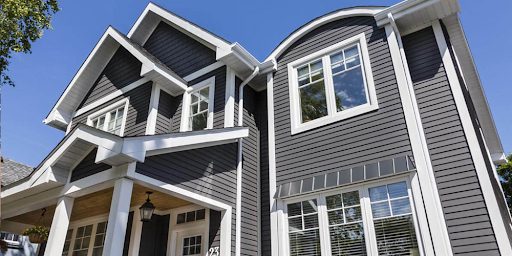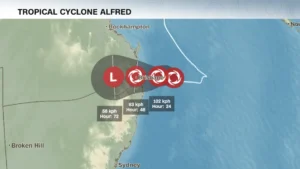When it comes to choosing the right siding for your home, two popular options stand out – vinyl siding supplies and fiber cement siding. Both materials offer unique advantages, addressing various concerns homeowners may have regarding durability, aesthetics, and maintenance. In this article, we will delve into the distinctive features of vinyl siding supplies and fiber cement siding, helping you make an informed decision for your home exterior.
Vinyl Siding Supplies: A Modern Marvel
Vinyl siding has become a staple in the construction industry due to its versatility and durability. Composed of polyvinyl chloride (PVC) resin, vinyl siding is renowned for its low maintenance requirements and long-lasting performance. One of the primary advantages of vinyl siding is its resistance to the elements. Vinyl is impervious to moisture, making it an excellent choice for areas with high humidity or frequent rainfall. This resistance helps prevent issues such as rot, mold, and insect infestations, which are common concerns with other siding materials.
Another notable benefit of vinyl siding is its color retention. Unlike traditional painted surfaces that may fade over time, vinyl siding supplies are designed to retain their color vibrancy for years, reducing the need for frequent repainting. This feature not only enhances the aesthetic appeal of your home but also saves you time and money on maintenance.
Installation is another area where vinyl siding shines. The lightweight nature of vinyl makes it easy to handle and install, reducing labor costs and installation time. Additionally, vinyl siding is available in a variety of styles and textures, allowing homeowners to achieve the desired look for their homes, whether it’s a classic clapboard design or a modern, seamless appearance.
Fiber Cement Siding: The Durable Alternative
Fiber cement siding, on the other hand, has gained popularity for its remarkable durability and resemblance to traditional wood siding. Composed of cement, sand, and cellulose fibers, fiber cement siding combines the strength of cement with the flexibility of wood fibers, creating a robust and resilient material.
One of the standout features of fiber cement siding is its resistance to fire, insects, and rot. Unlike wood siding, fiber cement does not provide a food source for termites or other pests, offering homeowners peace of mind in regions prone to insect infestations. Moreover, fiber cement siding is non-combustible, making it an excellent choice for areas with a high risk of wildfires.
In terms of aesthetics, fiber cement siding can convincingly mimic the appearance of wood. Homeowners who appreciate the classic charm of wood siding but are concerned about its susceptibility to damage and maintenance requirements find fiber cement to be a compelling alternative. Cement fiber siding is available in various styles, including lap siding, shingles, and vertical panels, providing flexibility in achieving the desired architectural look.
Maintenance and Longevity
When comparing vinyl siding supplies and fiber cement siding, maintenance considerations play a crucial role. Vinyl siding is virtually maintenance-free, requiring only occasional cleaning to remove dirt and debris. On the other hand, fiber cement siding may require repainting over time, but its longevity and resistance to environmental factors offset this need. Both materials, however, offer impressive lifespans, with vinyl siding lasting 20-40 years and fiber cement siding exceeding that range, often reaching 50 years or more.
Conclusion
Choosing between vinyl siding supplies and fiber cement siding involves weighing the specific needs of your home, your aesthetic preferences, and your budget. Vinyl siding offers a low-maintenance, cost-effective solution with a variety of design options, while fiber cement siding stands out for its durability and natural appearance. Ultimately, both materials provide reliable choices for homeowners looking to enhance the curb appeal and longevity of their homes. Consider your priorities, consult with professionals, and make an informed decision to ensure your home’s exterior stands the test of time.







